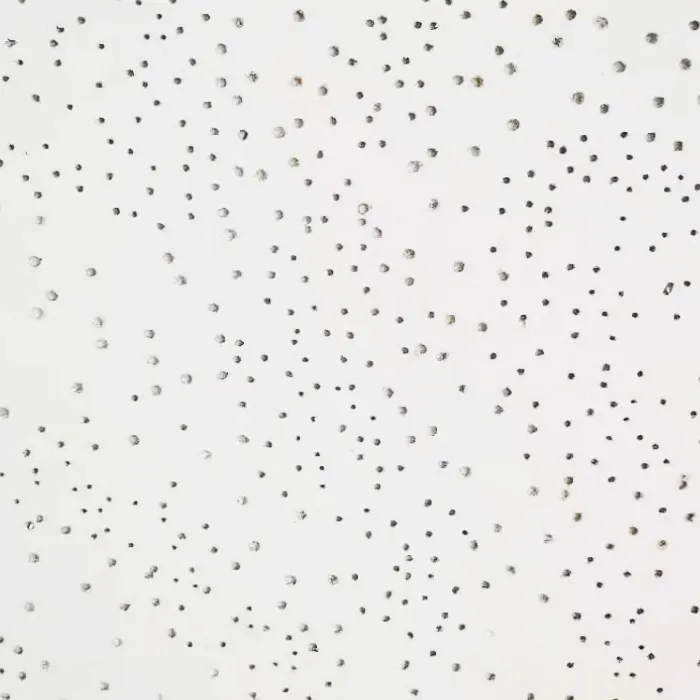8 月 . 12, 2024 10:16 Back to list
Exploring the Benefits and Applications of Gypsum and Grid Ceiling Systems in Modern Architecture
The Benefits of Gypsum and Grid Ceilings in Modern Interior Design
In modern interior design, the choice of materials can significantly influence both aesthetics and functionality. Among the various options available, gypsum and grid ceilings have gained popularity due to their versatility, cost-effectiveness, and numerous practical benefits. In this article, we will explore the characteristics of gypsum and grid ceilings, highlighting why they are a preferred choice for both residential and commercial spaces.
Understanding Gypsum Ceilings
Gypsum ceiling panels are made from gypsum plaster encased in thick paper. This composition grants them attributes such as fire resistance, sound insulation, and ease of installation. Gypsum ceilings can be molded into various shapes and designs, making them suitable for diverse architectural styles. They can be painted, textured, or left plain, offering homeowners and designers great flexibility in achieving their desired look.
One of the most compelling advantages of gypsum ceilings is their fire-resistant properties. Gypsum is non-combustible, which makes these ceilings an ideal choice for areas where fire safety is paramount. Commercial buildings, schools, and healthcare facilities often prioritize materials that enhance safety, and gypsum ceilings are well-equipped to meet these demands.
The Role of Grid Ceilings
Grid ceilings, also known as suspended ceilings or drop ceilings, consist of a framework of metal grids that hold acoustic tiles or gypsum boards. This system allows for easy access to the space above the ceiling, making maintenance and repairs more manageable. The grid structure creates a void between the ceiling and the actual overhead space, which can accommodate electrical wires, plumbing, and HVAC ducts.
gypsum and grid ceiling

Grid ceilings are particularly beneficial in commercial environments where aesthetics and acoustics are crucial. The tiles can be chosen to reduce sound reverberation, making them effective in spaces such as offices, conference rooms, and restaurants. Additionally, the ability to customize the grid system allows designers to create modern, visually appealing interiors while functioning within practical constraints.
Combining Gypsum and Grid Ceilings
When used together, gypsum and grid ceilings offer a range of benefits that enhance both functionality and design. For instance, combining a gypsum ceiling with a grid system allows for a clean, sleek appearance while maintaining accessibility to the infrastructure above. The juxtaposition of these materials can also help in achieving a balanced interior that meets both aesthetic and practical needs.
The aesthetic appeal of a gypsum ceiling can be emphasized within a grid framework, allowing designers to introduce various textures and colors without compromising on structural benefits. For example, subtle lighting solutions can be incorporated through the grid system, creating ambiance while maintaining the ceiling's functionality.
Conclusion
As we continue to evolve in the realms of interior design and architectural innovation, gypsum and grid ceilings stand out as exemplary materials that marry elegance with practicality. Their unique characteristics—from fire resistance and sound attenuation to ease of installation and maintenance—make them particularly appealing for a variety of environments. By understanding the synergistic potential of combining gypsum and grid ceilings, designers and homeowners can create spaces that are not only visually stunning but also enhance overall livability and safety. Whether for a home renovation or a large commercial project, these ceilings undoubtedly hold the key to modern, efficient interior design solutions.
-
Revolutionizing Interior Design with Ceilings t grid Suspended SystemNewsOct.29,2024
-
Revolutionizing Ceiling Design with ceiling access panel with Gypsum Tile WaterproofNewsOct.29,2024
-
Revolutionizing Interior Design with PVC Gypsum Ceiling: A Comprehensive GuideNewsOct.29,2024
-
Elevating Interior Design with High quality Mineral Fiber Ceiling TilesNewsOct.29,2024
-
Revolutionizing Interior Design with PVC Gypsum Ceiling: A Comprehensive GuideNewsOct.29,2024
-
Elevating Interior Design with High-Quality Mineral Fiber Ceiling Tiles: A Comprehensive GuideNewsOct.29,2024







